Selecting the proper building materials for an outdoor fireplace ensures durability, safety, and aesthetic appeal. The materials must withstand weather extremes, including rain, snow, and UV exposure, while maintaining structural integrity. Common options include natural stone, brick, concrete, and stucco, each offering distinct advantages. Heat-resistant materials like firebrick are essential for the firebox, while exterior finishes can prioritize visual harmony with the landscape. Local building codes often dictate material requirements, particularly for clearance and ventilation. Investing in quality materials from the foundation to the chimney cap creates a fireplace that performs well for years. The right combination balances functionality with design to enhance outdoor living spaces.
Natural stone remains a popular choice for outdoor fireplaces due to its timeless beauty and rugged durability. Materials like granite, limestone, and fieldstone provide organic texture that blends seamlessly with natural surroundings. Stone’s thermal mass absorbs and radiates heat efficiently, improving the fireplace’s warmth output. While more expensive than manufactured alternatives, stone offers unmatched longevity and develops a attractive patina over time. Dry-stack stone construction creates a rustic appearance, while mortared stone provides cleaner lines. The weight of natural stone often requires professional installation and a reinforced foundation. When properly sealed, stone resists weathering and maintains its appearance through seasonal changes.
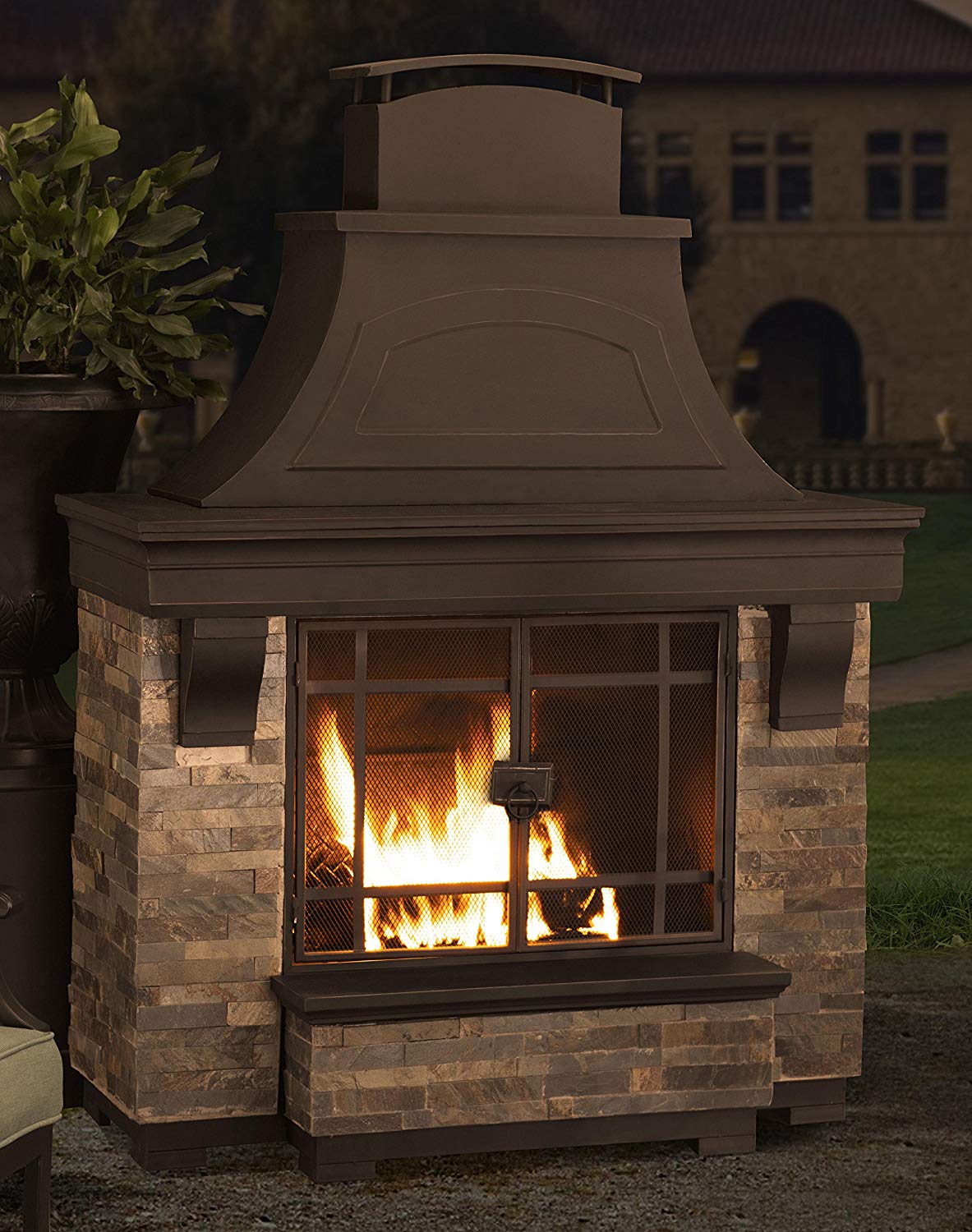
Brick offers classic charm for traditional outdoor fireplace designs with excellent fire resistance. Clay bricks withstand high temperatures without cracking, making them ideal for firebox construction. Their uniform shape simplifies installation compared to irregular natural stone. Brick’s modular nature allows for creative patterns like herringbone or basketweave in the surround. While durable, brick may require repointing of mortar joints over time to prevent water infiltration. Darker brick hues tend to show less soot staining around the firebox opening. Modern brick veneers provide a lighter-weight alternative with similar visual appeal. Sealing brick surfaces helps protect against moisture damage and efflorescence in humid climates.
Concrete has become a versatile option for contemporary outdoor fireplace designs. Precast concrete fireplace kits offer quick assembly with consistent quality and modern aesthetics. Poured concrete allows for custom shapes and integrated seating elements. Concrete’s thermal properties help retain heat long after the fire dies down. While durable, concrete may develop hairline cracks over time from freeze-thaw cycles. Staining or texturing can mimic more expensive materials like stone or brick at lower cost. Reinforced concrete foundations provide essential stability for taller chimney structures. New fiber-reinforced concrete mixes offer improved crack resistance for outdoor applications.

Stucco provides a smooth, customizable finish for outdoor fireplace exteriors. This cement-based material adheres well to masonry substrates like concrete block or brick. Stucco can be tinted various colors and textured to complement home exteriors. Properly mixed and applied stucco resists cracking and stands up to weather exposure. The material requires control joints to accommodate expansion and contraction. Acrylic-modified stucco offers enhanced flexibility and water resistance compared to traditional formulas. While not suitable for direct fire contact, stucco works well as a finish coat over proper firebox materials. Regular inspections help catch any hairline cracks before moisture penetration occurs.
Firebrick forms the critical interior lining of outdoor fireplace fireboxes. These special refractory bricks withstand temperatures exceeding 2000°F without deteriorating. Dense firebrick reflects heat into the space rather than absorbing it like regular masonry. Proper firebox construction requires high-temperature mortar rated for fireplace use. Firebrick’s smooth surface makes cleaning ash deposits easier than rough materials. While more expensive than standard brick, firebrick’s longevity justifies the investment for frequent fireplace users. Some designs incorporate firebrick just in the hottest zones while using regular masonry elsewhere.
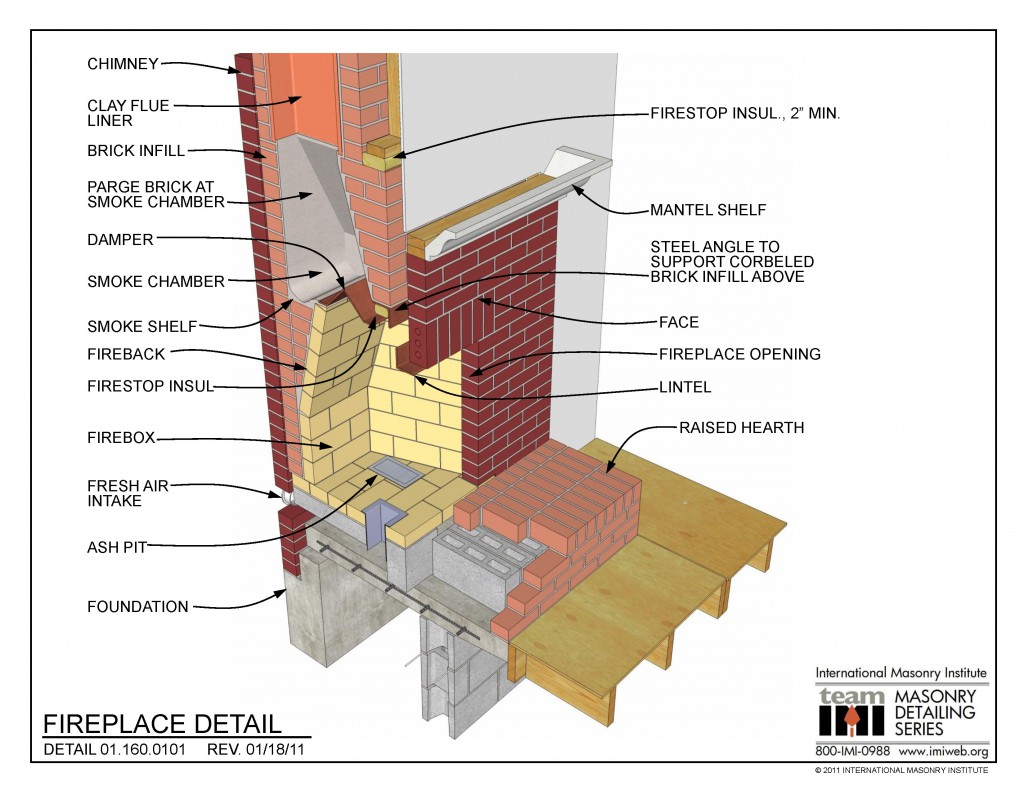
Metal components play important supporting roles in outdoor fireplace construction. Stainless steel lintels support masonry over the firebox opening without visible supports. Galvanized or powder-coated steel frames provide structure for some prefabricated designs. Copper or stainless steel chimney caps prevent rain entry while allowing proper draft. Decorative metal screens or doors control sparks while adding design flair. Metal hearth plates protect combustible flooring from stray embers. Choosing corrosion-resistant metals ensures these elements last as long as the masonry components.
Mortar selection significantly impacts outdoor fireplace longevity. Type N or S masonry mortar provides proper bonding strength for most applications. Refractory mortar containing fireclay withstands intense heat in the firebox area. Polymer-modified mortars improve freeze-thaw resistance in cold climates. Proper mortar joint tooling creates weather-resistant seals between units. Matching mortar color to the masonry creates a cohesive look, while contrasting mortar emphasizes the pattern. Repointing deteriorated mortar prevents water damage to the overall structure.

Composite materials offer innovative solutions for outdoor fireplace construction. Cultured stone veneers provide natural aesthetics with lighter weight and easier installation. Glass fiber reinforced concrete (GFRC) panels allow thin, durable fireplace surrounds. Porcelain tile designed for outdoor use creates sleek, modern fireplace facades. These manufactured options often include UV-stable colors that won’t fade. While some purists prefer natural materials, composites frequently outperform in harsh climates. Many composites resist staining and require less maintenance than traditional options.
Proper planning ensures material choices meet both practical and aesthetic goals. Consider how the fireplace materials will complement existing hardscaping and architecture. Evaluate local climate challenges like freeze-thaw cycles or coastal salt air. Budget for not just materials but also professional installation when needed. Incorporate safety features like spark arrestors and proper clearances. With thoughtful material selection, an outdoor fireplace becomes a durable, beautiful addition to any outdoor living space. The right combination creates a gathering spot that will be enjoyed for decades.

Stone pizza oven Stone pizza oven, Outdoor ovens, Pizza oven

Custom Fireplaces – Extreme Backyard Designs
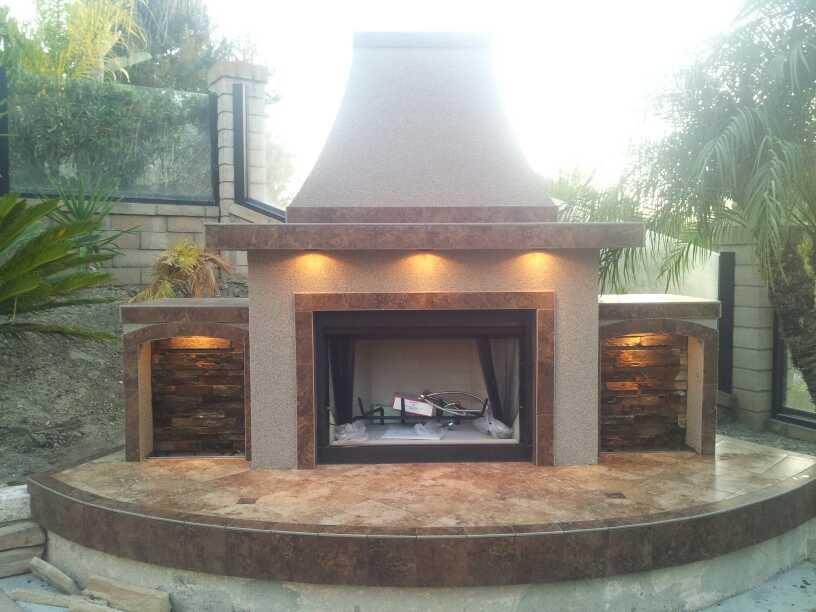
Outdoor Fireplaces Design and Construction — Carlton’s Concepts Landscape Design Contractor
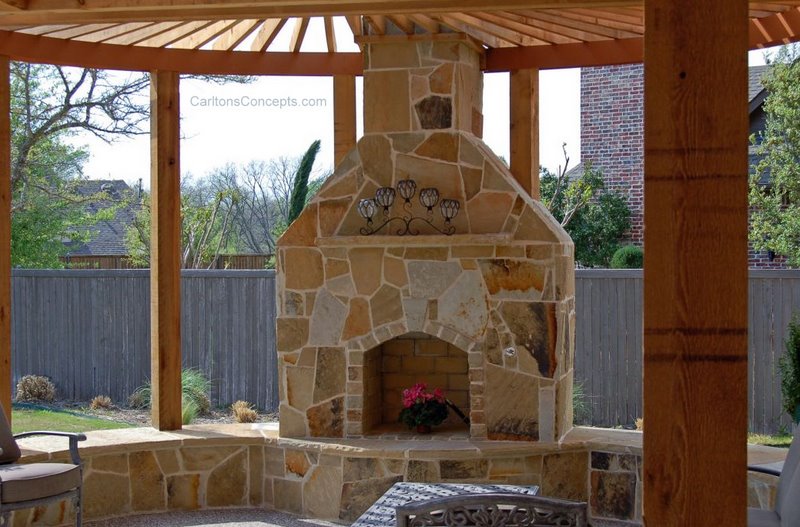
Outdoor Fireplaces Design and Construction — Carlton’s Concepts Landscape Design Contractor

How To Build An Outdoor Fireplace

Unbranded 36 in. Freestanding Electric Fireplace in Tan-FFP20131 – The Home Depot

Outdoor Fireplace Project
Fireplaces in Porches Professional Deck Builder Fireplaces, Outdoor Rooms, Options and
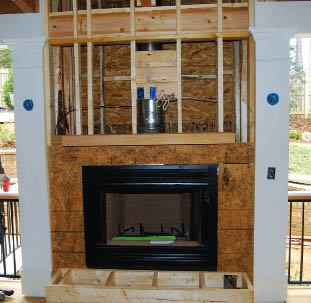
Related Posts: